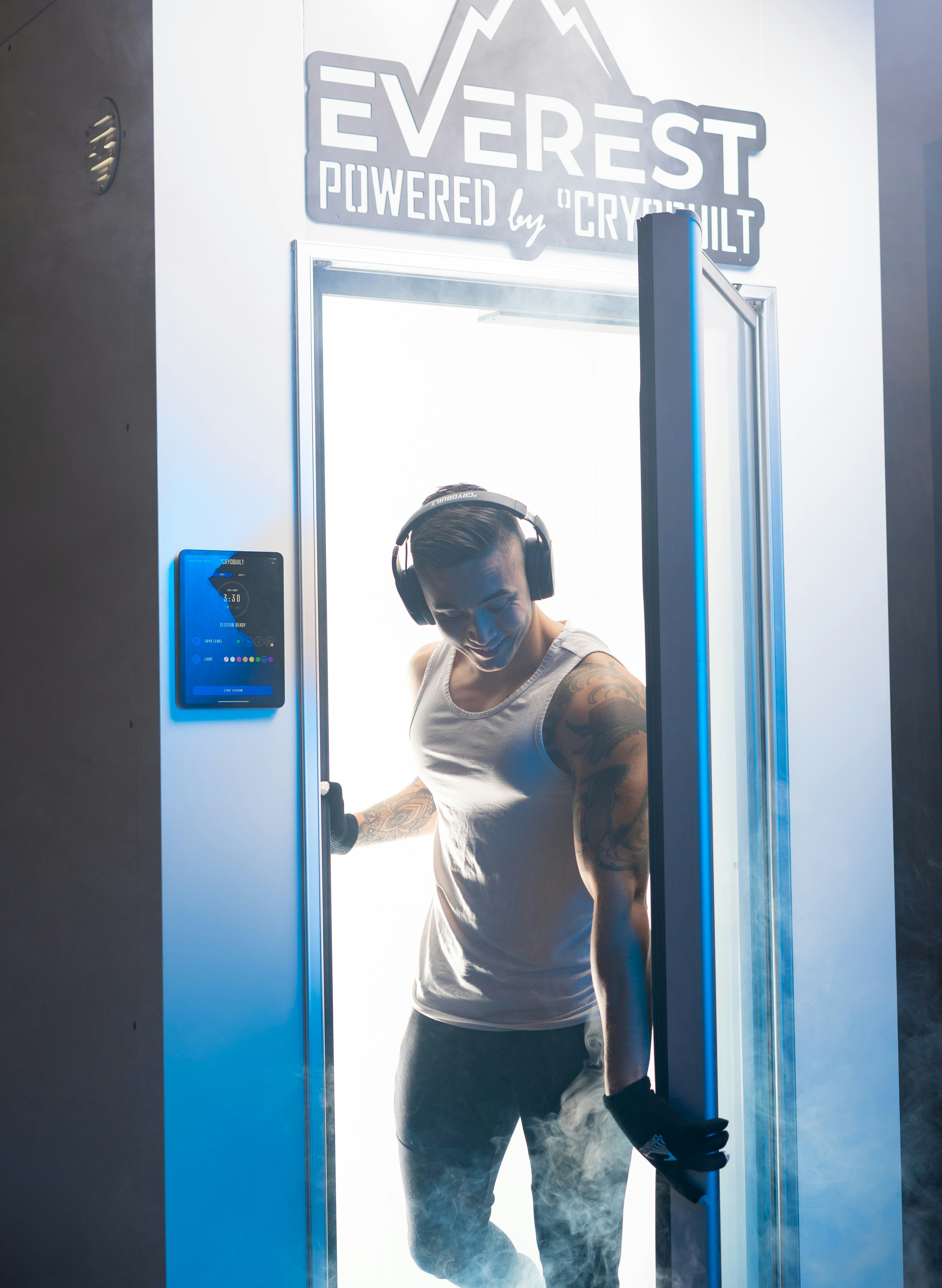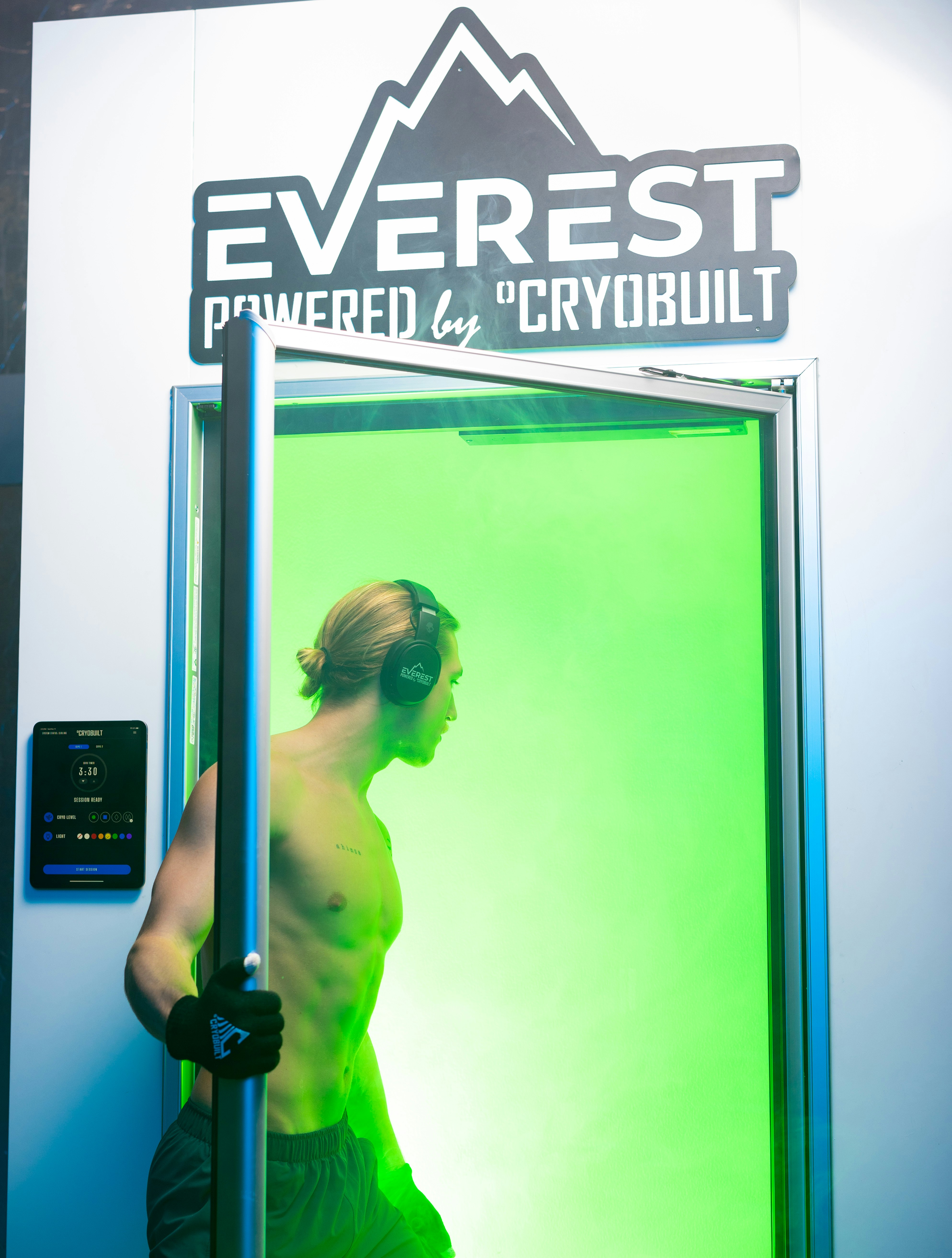Have you ever wondered how athletes might benefit from braving icy temperatures? The mere thought might give you a shiver, but cold exposure has become a topic of intrigue, especially concerning its effects on insulin sensitivity—a crucial factor in athletic performance and overall health.
Why Insulin Sensitivity Matters for Athletes
As an athlete, you might already be familiar with terms like insulin sensitivity and resistance. Here’s why it matters: Insulin is a hormone produced by the pancreas, and it plays a vital role in regulating blood sugar levels by facilitating the uptake of glucose into your cells. When you have high insulin sensitivity, your body requires less insulin to lower blood glucose levels, which is generally beneficial for metabolism and energy balance.
Insulin Sensitivity vs. Insulin Resistance
To better understand, let’s break down these concepts:
-
Insulin Sensitivity: This is when your body is highly responsive to insulin. It means your cells effectively use glucose, preventing prolonged high blood sugar levels, which can lead to energy spikes followed by crashes.
-
Insulin Resistance: This condition occurs when your cells become less responsive to insulin, leading your body to produce more insulin to achieve the same effect, potentially escalating to conditions like Type 2 diabetes.
For athletes, maintaining high insulin sensitivity is crucial. It helps in effective carbohydrate utilization, muscle recovery, and fat metabolism—all factors that influence performance and health.
The Role of Cold Exposure
Recent studies have begun to shine light on the intriguing relationship between cold exposure and improved insulin sensitivity. Cold therapies—ranging from ice baths to cryotherapy—are not just about muscle recovery anymore; they are now considered as potential aids for metabolic health.
How Cold Exposure Works
Immersing your body in cold environments induces physiological responses designed to help you adapt to the chilly conditions. This involves hormonal adjustments and changes in tissue activity:
-
Brown Adipose Tissue Activation: Also known as brown fat, this tissue is activated by cold exposure. Unlike white fat, which stores energy, brown fat burns calories to produce heat, contributing to improved insulin sensitivity.
-
Shivering and Enhanced Caloric Burn: Cold makes your body work harder to maintain its core temperature, increasing caloric expenditure and potentially improving muscular insulin responsiveness.
Scientific Insights into Cold Exposure
Let’s delve into what some recent studies suggest about cold exposure:
-
Improved Glucose Uptake: Research indicates that regular cold exposure increases the expression of glucose transporter type 4 (GLUT4) in muscle tissues, which is essential for glucose uptake.
-
Decreased Systemic Inflammation: Cold exposure has anti-inflammatory effects that can enhance insulin action by reducing cytokine levels that impair insulin signaling.
Whether you’re dipping into an ice bath or trying cold showers, understanding these underpinnings is crucial.
Benefits of Enhanced Insulin Sensitivity in Athletes
By fostering greater insulin sensitivity, athletes often experience several remarkable benefits that go beyond blood sugar control:
Enhanced Energy Levels and Endurance
When your cells are more responsive to insulin, glucose efficiently reaches your muscles and organs. This results in steadier energy levels, which helps sustain prolonged physical activities without unexpected dips in performance or energy crashes.
Faster Muscle Recovery
Post-exercise, your muscles crave nutrients like glucose to repair and grow stronger. With improved insulin sensitivity, glucose and other nutrients quickly reach muscle tissues, accelerating recovery times and reducing soreness.
Optimized Fat Metabolism
High insulin sensitivity can lead to more balanced fat metabolism. It enables the body to switch efficiently between carbohydrates and fats as fuel sources, which is particularly beneficial during endurance sports when carbohydrate stores begin to deplete.
How Athletes Can Safely Incorporate Cold Exposure
If you’re considering integrating cold exposure into your routine, it’s essential to approach it safely and effectively. Here are ways to start:
Cold Showers and Ice Baths
One of the simplest methods is to gradually acclimate to cold showers or ice baths:
-
Cold Showers: Begin with a 30-second blast of cold water at the end of a regular shower, incrementally extending the cold duration as you get more comfortable.
-
Ice Baths: Aim for a water temperature between 10-15°C (50-59°F) and limit initial sessions to 10-15 minutes, monitoring how your body responds.
Cryotherapy Sessions
Cryotherapy involves exposure to exceptionally cold air—around -110°C to -140°C (-166°F to -220°F)—for a few minutes in specialized chambers. Ensure that sessions are conducted at reputable centers with qualified personnel overseeing the process.
Timing and Frequency
Cold exposure should not be a daily endeavor. Allow proper recovery and avoid excessive exposure to prevent stress on your body. Twice to thrice weekly is a practical starting point, ensuring that each exposure session is followed by a rest day.
Understanding the Potential Risks
As with any intervention, cold exposure isn’t without its potential downsides. It’s vital to be aware of these to make informed decisions:
Risk of Hypothermia
Always monitor your body’s response to cold. Early symptoms of hypothermia include intense shivering, dizziness, and a sense of confusion. If you experience these, promptly exit the cold environment.
Impact on Training Adaptation
There’s emerging evidence suggesting that excessive cold exposure might blunt the beneficial adaptations to exercise. The cooling of muscle tissues can potentially reduce the signals necessary for muscle hypertrophy and strength gains, particularly if done immediately post-resistance training.
Individual Variation
Not everyone will respond to cold exposure in the same way. Genetics, fitness levels, and personal health conditions can influence your physiological reaction. It’s always a smart move to consult with a healthcare professional, especially if you have pre-existing medical conditions.
Real-World Examples of Athletes Utilizing Cold Exposure
Many elite athletes have embraced cold exposure as part of their regimen. Here’s how some have done it:
Endurance Athletes
Endurance athletes, such as marathon runners and cyclists, often use ice baths post-training to enhance recovery and maintain insulin sensitivity. By doing so, they manage muscle inflammation and are ready for the next intense training session more quickly.
Power and Strength Athletes
Lifters and strength athletes may employ intermittent cryotherapy to boost recovery without impeding muscle growth when timed thoughtfully—avoiding cold exposure right after resistance training helps maintain muscle adaptation signals.
The nuanced application of cold exposure shows that it’s not a one-size-fits-all approach but rather a tailored strategy depending on the sports discipline and personal responses.

Practical Tips for Integrating Cold Exposure
To ensure that your cold exposure routine maximizes benefits and minimizes risks, consider these tips:
Gradual Habituation
Start small, with short exposure times and incrementally work up to longer durations and cooler temperatures. Listen to your body, and adapt accordingly.
Monitor Recovery and Performance
Keep track of your athletic performance and recovery metrics. Are you recovering faster? Is performance improving? Adjust your cold exposure tactics based on these observations.
Balance with Other Recovery Methods
Cold exposure should be part of a comprehensive recovery strategy that includes nutrition, adequate rest, and other recovery modalities like stretching and hydration.
Conclusion
Cold exposure, when wisely employed by athletes, has the potential to enhance insulin sensitivity, which can significantly benefit performance and recovery. Understanding the science behind it, applying it safely, and adapting based on individual responses can make this a powerful tool in your athletic toolkit. By respecting both the physiological responses and potential challenges, you pave the way for harnessing the chill as a means to elevate your athletic prowess.





